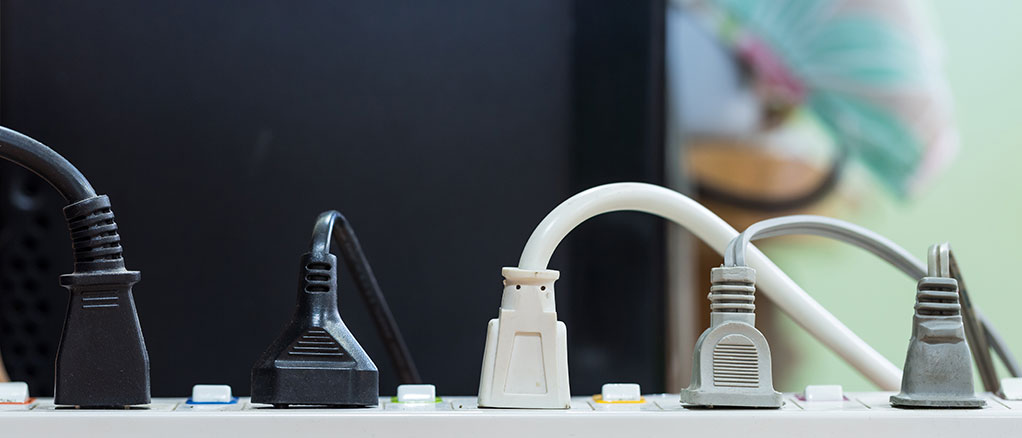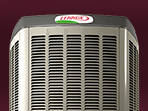Safeguard Your Electrical Devices

Nowadays our homes are filled with electronic devices. Our appliances like washers, dryers, televisions, computers, and refrigerators all have electronic circuitry and components that could easily be damaged by a power surge if unprotected. Power surges are most often thought to be associated with lightning and storms. However, power surges can occur any time of the day and regardless of the weather. While not as intense as a lightning strike, surges can originate from faulty wiring, downed power lines or even high-powered pieces of equipment like HVAC systems and refrigerators.
Surge protectors are a great way to protect your electronic investments from voltage spikes and power surges. There are a couple of different types of surge protectors to choose from. The electrical experts at Bradley Mechanical help you determine the right surge protection for your home and budget. But first let’s learn how they work.
How Surge Protectors Work
The main purpose of a surge protector is to protect electronic devices from transient voltage otherwise known as power surges. A power surge is an increase in voltage that is significantly higher than the designated level in the flow of electricity. For example, in a normal American household the standard voltage is 120 volts. If the voltage coming into the house rises above 120 volts, it can damage or destroy or destroy any unprotected electronic device that is plugged in.
Plug-in Surge Protector
A plug-in or point-of-use power surge protector is the most common type used. This type of device protects whatever devices that are directly plugged into it. A plug-in surge protector will not stop a power surge but rather divert it to the ground, away from any devices plugged into it. While they may be an inexpensive solution, standard plug-in surge protectors can only handle about 6,000 volts.
Whole House Surge Protector
This type of surge protector is installed between the electrical service panel of your home and the electric meter. As the name implies, a whole house surge protector protects the entire electrical system in your home including all circuits. They can be used along with point-of-use surge protectors to double the level of protection from electrical surges. One benefit a whole house surge protector has over a plug-in type is that it can protect what can’t be plugged in, such as light switches and outlets. Another benefit is that whole house surge protectors can handle much larger surges, up to 20,000 volts from outside the home. These types of surge protectors should only be installed by a licensed electrician like the ones from Bradley Mechanical.
Bradley Mechanical has been known as Central Virginia’s electrical experts for over 50 years. We’ve built our reputation on providing excellent service with well-trained technicians. Let our team of certified electricians help safeguard your home and all of its electronic devices with plug-in or whole house surge protectors. Give us a call today at (804) 748-6728. We’ll be glad to help and answer any questions you may have.




